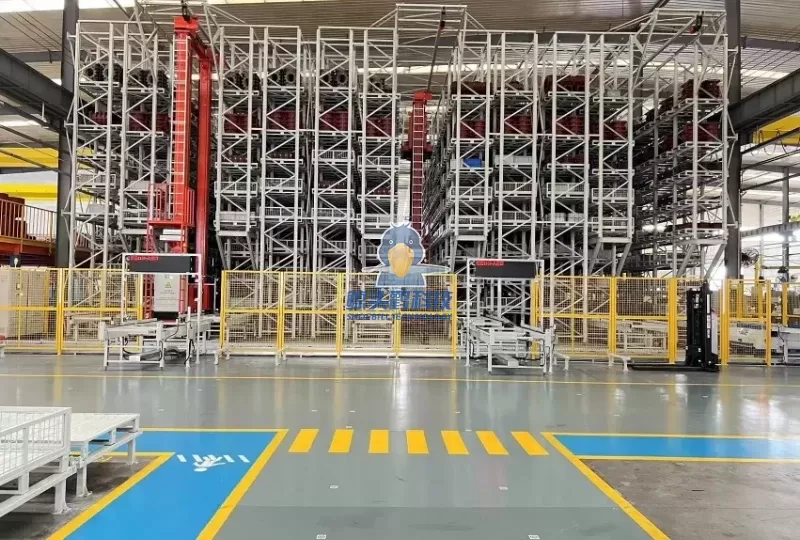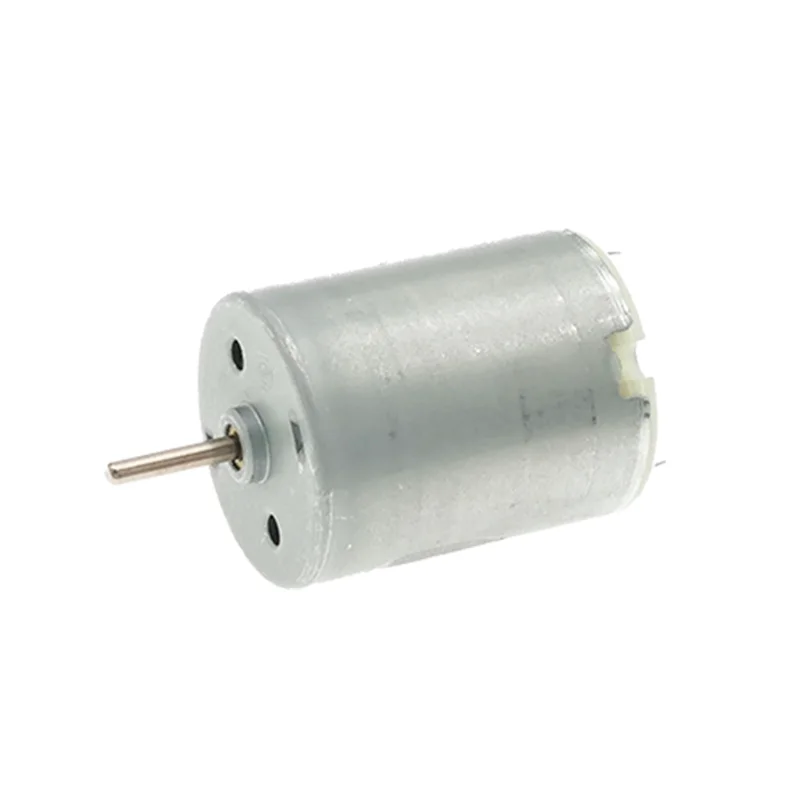Unveiling the Dominant Force: Exploring the Most Common Type of Acquisition

In the dynamic world of business, mergers and acquisitions (M&A) play a pivotal role in shaping industries and driving growth. Among the various types of acquisitions, one stands out as the most common and influential. In this article, we delve into the intricacies of this prevalent acquisition type, providing valuable insights into its significance, process, and impact on the business landscape.
Defining the Most Common Type of Acquisition:
The most common type of acquisition is known as the "horizontal acquisition." This strategic move occurs when two companies operating in the same industry, often direct competitors, merge or one acquires the other. Horizontal acquisitions aim to consolidate market share, enhance competitive advantage, and achieve economies of scale.
Understanding the Motivations:
Companies embark on horizontal acquisitions for several compelling reasons. Firstly, by merging with or acquiring a competitor, organizations can eliminate or reduce competition, thereby gaining a larger market share. This consolidation often leads to increased pricing power and the ability to dictate industry standards.
Secondly, horizontal acquisitions enable companies to expand their product or service offerings. By integrating complementary resources, technologies, or expertise, organizations can diversify their portfolio and cater to a broader customer base. This expansion can lead to enhanced revenue streams and improved profitability.
Process and Challenges:
The process of a horizontal acquisition involves several stages, each requiring careful consideration and execution. Initially, companies engage in extensive market research and due diligence to identify potential targets and evaluate their compatibility. Negotiations follow, involving discussions on valuation, terms, and conditions.
Upon reaching an agreement, the legal and regulatory aspects come into play. Companies must navigate antitrust laws and obtain necessary approvals from regulatory bodies to ensure compliance. Post-merger integration is another critical phase, where aligning cultures, systems, and operations becomes paramount for a successful transition.
However, challenges often arise during horizontal acquisitions. Cultural clashes, conflicting management styles, and resistance from employees can hinder the integration process. Effective communication, meticulous planning, and strong leadership are essential to overcome these obstacles and realize the full potential of the acquisition.
Impact on the Business Landscape:
Horizontal acquisitions have far-reaching implications for the business landscape. They can reshape industries, disrupt market dynamics, and redefine competitive landscapes. Successful horizontal acquisitions often result in market leaders emerging with increased market power and dominance.
Moreover, these acquisitions can stimulate innovation and technological advancements. By combining resources and expertise, companies can pool their research and development capabilities, leading to the creation of groundbreaking products or services. This innovation-driven growth can propel the industry forward and benefit consumers.
Conclusion:
In the ever-evolving business world, horizontal acquisitions stand out as the most common and influential type of acquisition. Their ability to consolidate market share, expand product offerings, and reshape industries makes them a powerful strategic move. However, executing a successful horizontal acquisition requires meticulous planning, effective integration, and a deep understanding of the industry landscape. By embracing the opportunities and addressing the challenges, companies can leverage horizontal acquisitions to drive growth, enhance competitiveness, and create value in the market.




